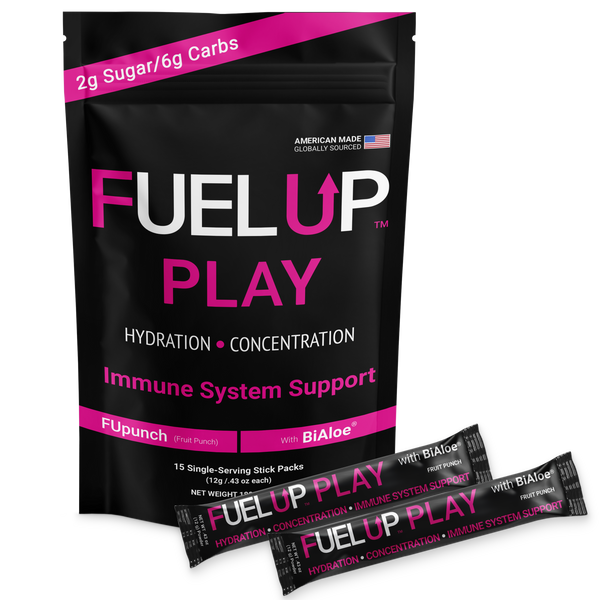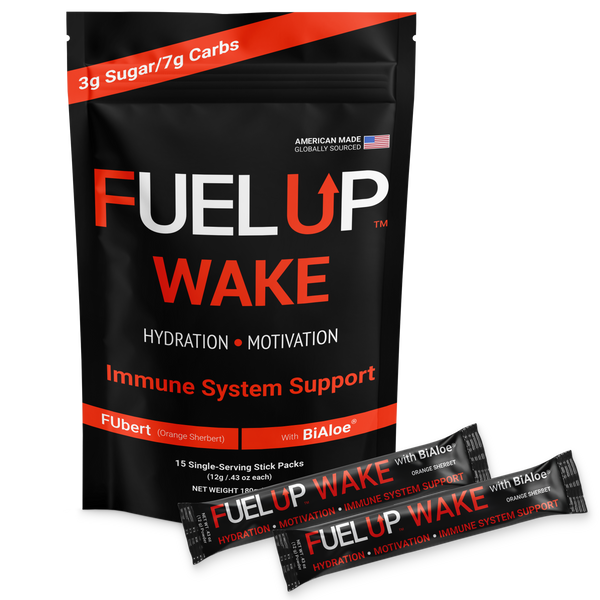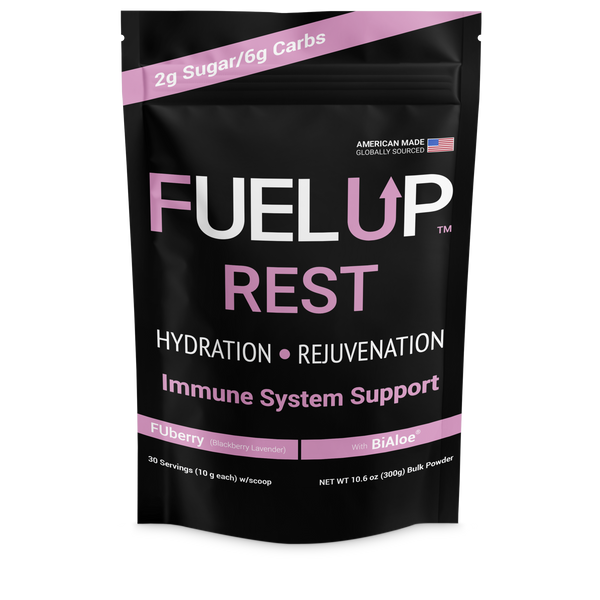Key Takeaways
-
Vitamins and electrolytes serve distinct roles in supporting health, hydration, and performance.
-
Vitamins are essential micronutrients for metabolism, immunity, and recovery.
-
Electrolytes regulate hydration, nerve signals, and muscle contractions.
-
Both are foundational for active lifestyles—but they are not interchangeable.
Vitamins: Your Body’s Tiny Powerhouses
Vitamins are organic nutrients your body needs in small amounts but can’t always produce. Each vitamin has a unique job:
-
Vitamin C boosts immune function and helps with tissue repair.
-
B Vitamins help convert food into energy, keeping you fueled for activity.
-
Vitamin D supports bone health—a must for endurance athletes and weekend warriors alike.
Most vitamins come from fresh fruits, vegetables, lean proteins, and whole grains. Since they don’t provide calories, vitamins instead act behind the scenes. Think of them as catalysts: They drive crucial biochemical reactions for energy, repair, and resilience.
Electrolytes: The Hydration Regulators
When you sweat, you lose more than water. Electrolytes—like sodium, potassium, magnesium, and calcium—move in and out of your cells, controlling how fluids are balanced in your body. This is especially relevant for anyone who exercises or spends time in hot environments.
-
Sodium helps retain water and supports normal blood pressure.
-
Potassium is key for healthy heart and muscle function.
-
Magnesium aids in muscle relaxation and supports steady nerve signals.
-
Calcium helps muscles contract and regulates heart rhythms.
Inadequate electrolyte balance can cause cramps, weakness, fatigue, and even impair focus. Relying on water alone, especially during intense or prolonged activity, may dilute your electrolyte levels—making rehydration and recovery more challenging.
Key Differences: Why Both Matter
|
Feature |
Vitamins |
Electrolytes |
|
Main Functions |
Metabolism, immunity, tissue repair |
Fluid balance, muscle & nerve function |
|
Sources |
Food: fruits, veggies, grains, meats |
Food: fruits, veggies, dairy; drinks; salts |
|
Daily Need |
Micrograms to milligrams |
Milligrams to grams (higher volume) |
|
Sensitivity to Loss |
Can be gradually depleted (diet, illness) |
Rapidly lost via sweat, exercise, heat |
|
Replacement |
With regular balanced meals |
Often needed during/after activity |
How to Get Enough—Safely
-
Variety Matters: Prioritize a varied, whole-food diet as the best foundation for both vitamins and electrolytes.
-
Hydrate the Smart Way: For short, moderate activities, water and a balanced diet are usually enough. For longer, sweat-intensive workouts, consider drinks or foods with added electrolytes.
-
Avoid “Overdoing It”: More isn’t always better. Mega-doses of certain vitamins or electrolytes can cause side effects. Follow recommended daily allowances and avoid unsupported health claims.
-
Reading Labels Counts: Look for products with transparent ingredient lists, third-party quality seals, and clear serving guidance.
The Bottom Line
Understanding the difference between vitamins and electrolytes empowers you to hydrate, fuel, and recover more effectively—without guesswork or misinformation. Both play distinct, complementary roles in your active life.
Looking for balanced options?
Some hydration supplements, such as Fuel Up Hydration, provide a science-based blend of electrolytes and nutrients designed for safety and transparency. If you’re seeking targeted support for performance and well-being, review ingredient labels and choose solutions that fit your individual needs.
Always consult your healthcare provider before making significant changes to your nutrition or supplement routine, especially if you have underlying health conditions.





